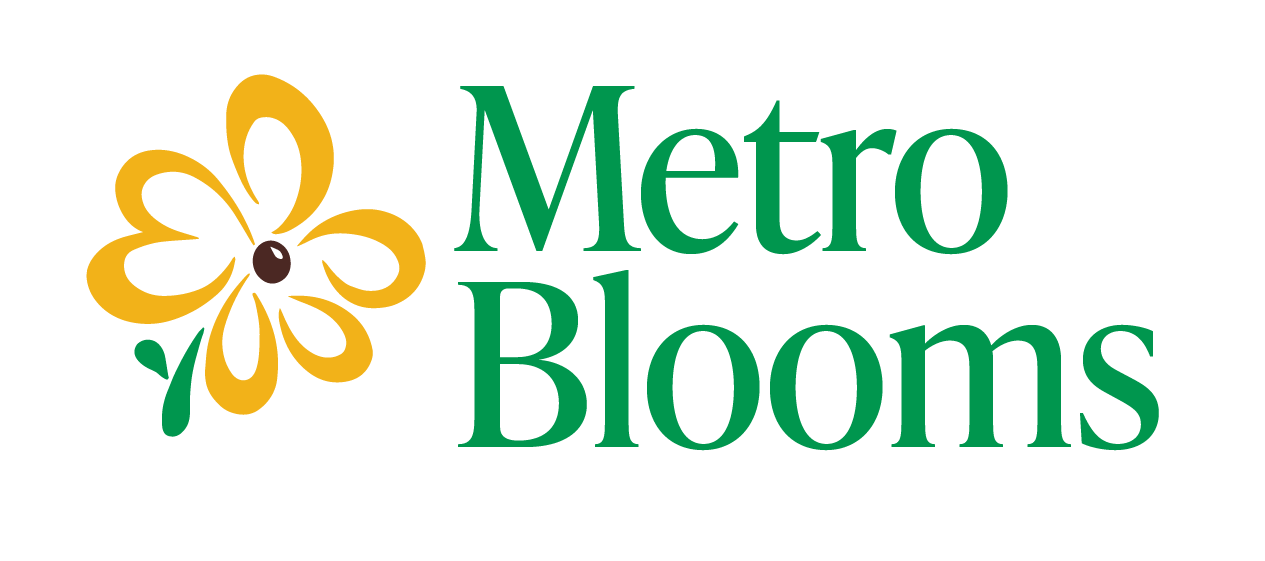Family: Iridaceae
Scientific Name: Iris versicolor
Native emergent summer perennial favoring marshes, wet meadows, forested wetlands and shorelines.
Watch for: Large blue to blue-violet showy flowers from May to July. Flowers often contain some yellow, green or white coloring. Leaves are long, thin, pointed and fold down the middle.
Other names: Harlequin Blue Flag, Blue Flag and Northern Blue Flag
History: This species has been used for medicinal purposes in the past, but only with great care and knowledge as its rootstocks are poisonous. There are several documented cases of humans and animals being poisoned from eating the rhizomes, which contain iridin. More commonly, Blue Flag Iris leaves were used to spin strong, fine twine by Native American tribes.
 Tidbits: Established colonies of Blue Flag Iris have extensive networks of fibrous roots which help stabilize and protect shoreline and are fed on by aquatic rodents. The large seeds, however, must not be as tasty as there is no documentation of wildlife consuming them. There are also no known insects or diseases which impact this plant negatively.
Tidbits: Established colonies of Blue Flag Iris have extensive networks of fibrous roots which help stabilize and protect shoreline and are fed on by aquatic rodents. The large seeds, however, must not be as tasty as there is no documentation of wildlife consuming them. There are also no known insects or diseases which impact this plant negatively.
Gardens/ Cultivation: Blue Flag is often utilized for its bright floral display and is a good perennial to plant in chronically wet areas of your garden or on your shoreline as it can withstand permanent inundation up to 6 inches. It prefers direct sunlight, can be easily propagated by bulbs from a wild iris and will spread by self-seeding and extension of its rhizomes once established.
Sources:
USDA Plants Database. http://plants.usda.gov
University of Texas at Austin. Native Plant Database. http://www.wildflower.org/plants
